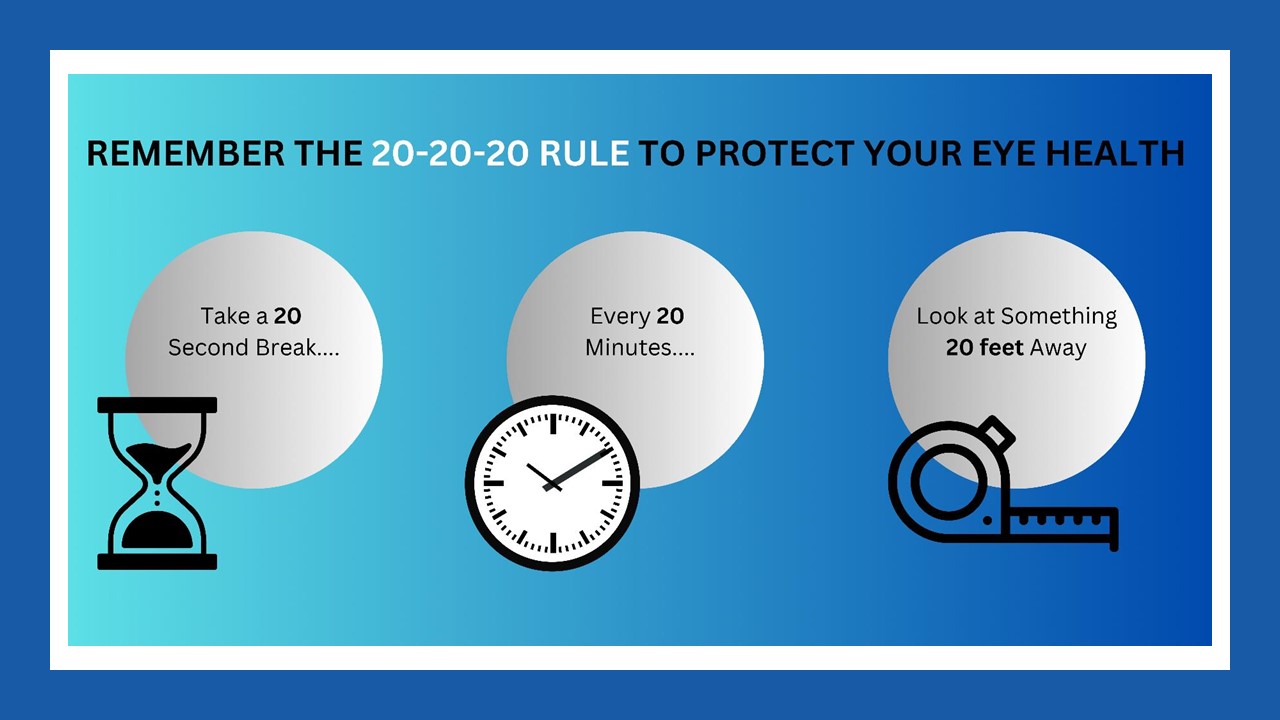Occupational Health – The Role of Occupational Health and Eye Care
Protecting Your Workforce: The Role of Occupational Health and Eye Care
November 2024
When it comes to workplace safety, we often think of hard hats, steel-toed boots, and high-visibility jackets. But occupational health goes far beyond just physical safety measures. It’s about ensuring the overall well-being of your workforce, which includes not only protecting against immediate risks but also addressing longer-term health concerns. A comprehensive approach to occupational health can significantly improve employee morale, reduce absenteeism, and boost productivity. One important area that serves as a good example of this is eye care.
Why Occupational Health Matters
Occupational health isn’t just about compliance or ticking boxes. It’s about taking a proactive approach to managing the risks associated with your industry and addressing the unique needs of your employees. This means considering everything from ergonomic workstations and mental health resources to proper training on how to safely use equipment. The idea is to create a holistic safety culture that prioritizes the well-being of employees in every aspect of their work environment.
But what does this mean in practical terms, and how can you apply it to your workplace?
Eye Care: A Key Component of Occupational Health
Eye care is a great example of how occupational health goes beyond just physical safety hazards. It’s not just about wearing protective goggles in hazardous environments; it’s also about addressing the impacts of screen time, lighting conditions, and eye strain. For instance, prolonged exposure to digital screens is a common issue across many industries, and without the right measures in place, it can lead to headaches, blurred vision, and long-term damage.
Employers should conduct regular risk assessments to identify tasks or environments where eye care measures are needed. This could mean making sure that proper protective eyewear is available for those handling hazardous materials, or setting up adjustable workstations with anti-glare screens to reduce eye strain for office-based employees. Addressing eye health as part of your occupational health program shows that you are considering your workforce’s needs beyond immediate risks.

Going Beyond Eye Safety Gear: Addressing the Workplace Environment
It’s not enough to simply provide eye protection when workers are using machinery or working in areas with flying debris. Occupational health strategies should include considering the broader environment. This could involve implementing blue light filters on all workplace screens, ensuring adequate lighting, and offering regular eye examinations as part of your occupational health package.
Legal Compliance: Ensuring a Safe and Healthy Workplace
In the UK, regulations like the Health and Safety (Display Screen Equipment) Regulations 1992 and the Personal Protective Equipment at Work Regulations 1992 require employers to address risks to their workers’ health. Ensuring your occupational health strategy includes eye care considerations is not just a best practice—it’s also part of meeting these legal obligations. Failure to do so can lead to not only fines but also potentially serious health consequences for employees.
The Bigger Picture: Occupational Health and Business Success
Taking care of occupational health means looking at the whole employee experience, from physical safety to mental well-being. Businesses that invest in comprehensive health programs tend to see benefits like improved employee retention, higher morale, and even better customer satisfaction. Eye care is just one aspect, but it serves as an example of how addressing smaller, often overlooked elements of health can have a big impact.
Ready to Prioritise Occupational Health?
Start by making sure that your occupational health assessments consider a wide range of risks, from ergonomic stressors to eye care needs. Remember, protecting the health of your workforce isn’t just about following regulations; it’s about building a resilient business that values its people. And when your employees feel cared for, they can help your business see clearer and further into the future.
Explore occupational health resources and start making small changes that can make a big difference. Your workforce—and your bottom line—will thank you.

